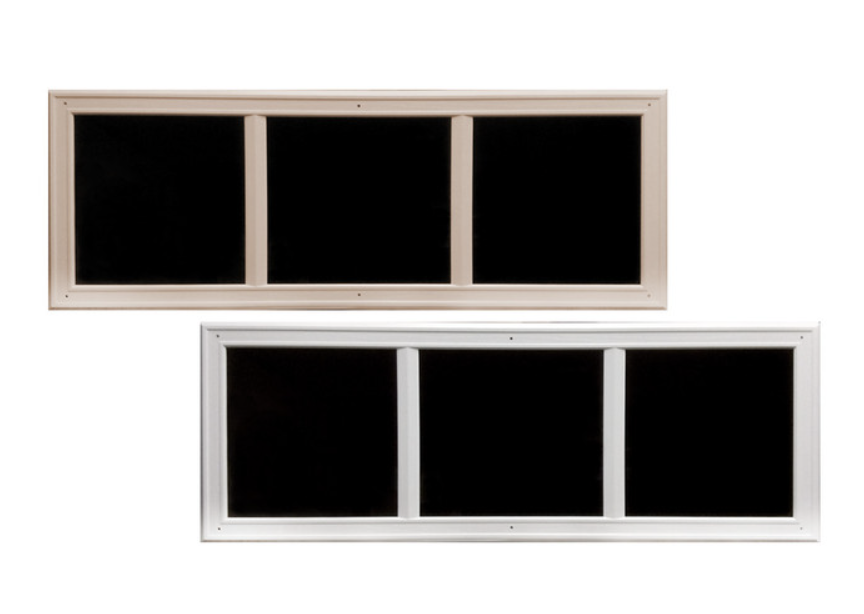Choosing a New Garage Door
Posted by Action Direct on 17th Oct 2024
Find the Perfect Style & Type of Garage Door
Garage doors serve as a home’s focal point and a protective barrier that keeps the valuables stored in your garage safe from the elements, extreme temperatures, and intruders of both the human and furry variety. Choosing a new door with so many factors to consider can be a daunting task, but rest assured our experts are here to make choosing the right style easy. Read on to learn how to select the right garage door style and what accessories are needed to make safety and style a reality.
Judge a Book (or Home) by Its Cover
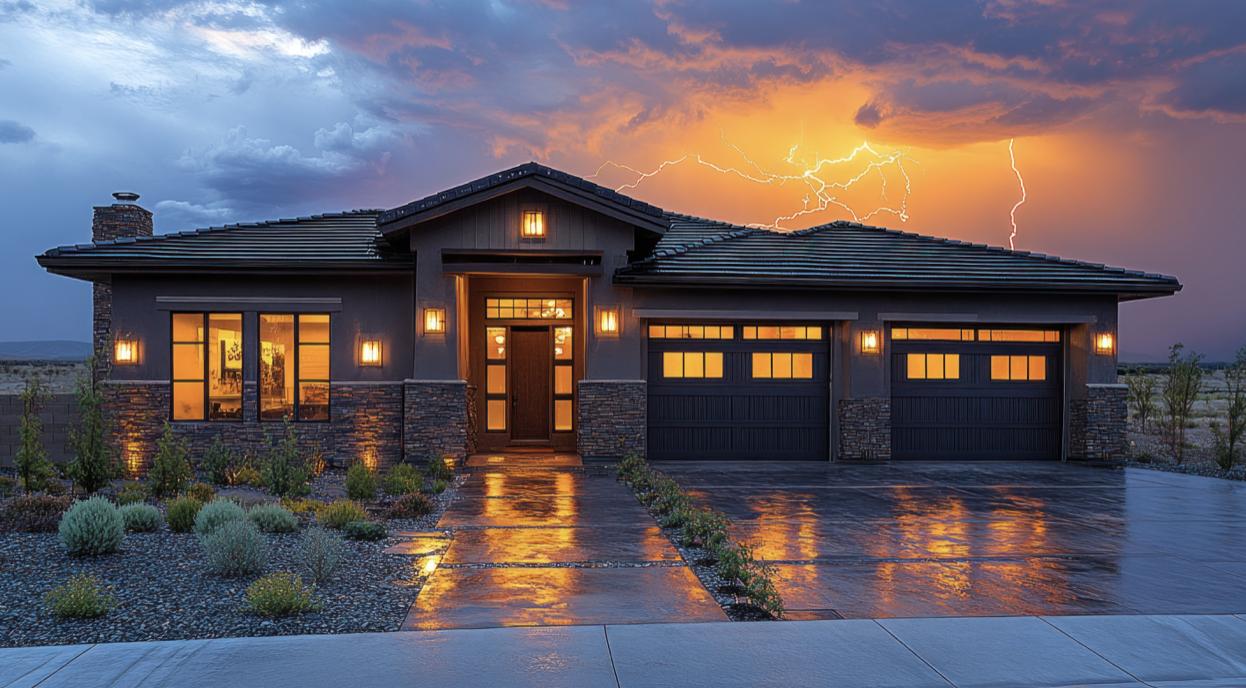
Never underestimate how your home looks from the curb. Beyond impressing your neighbors, a high curb appeal increases the value of your property and contributes to a higher selling point and potentially lower insurance. Choosing a door that complements your home’s aesthetics can greatly increase your luck in the housing market and in taking out home loans.
Style Goes Miles
Finding a complementary garage door can be done by identifying the architectural style of your home and choosing a door that aligns with its design, time period, and other fixtures visible from the curb. Your door should not draw attention to itself, but blend in as a natural part of your home's exterior. For example, a modern suburban home may clash with a sliding barn-style door.
|
|
 |
Windows
Garage doors can have windows installed or be windowless. Windows are aesthetically pleasing and can raise the curb appeal of your home. They also allow natural light into the garage, which can be helpful when using the space during daylight hours without an electric light source.
However, windows can be a security risk by allowing outsiders to see inside the garage. They can also be broken during extreme weather or accidents, creating a hazard and a security concern.
Opting out of windows can improve security, insulation, and reduce cost, but may impact aesthetics. For a compromise, consider screw-in faux windows made from shatterproof, highly reflective materials.
To Insulate or Not to Insulate
Garage doors can be installed with or without insulation. Insulated doors help regulate garage temperature, which can impact energy bills if the garage is attached to the house. In extreme weather, insulated doors can keep the garage significantly warmer in winter and cooler in summer.
DIY insulation methods are less effective and can be unsafe. Materials like polystyrene are flammable and added weight can damage the door. Professionally manufactured insulated doors are safer and more efficient.
Even insulated doors cannot completely seal out drafts. Installing quality weather seals on the top, bottom, and sides can further improve energy efficiency.
Wind Resistance Makes All the Difference
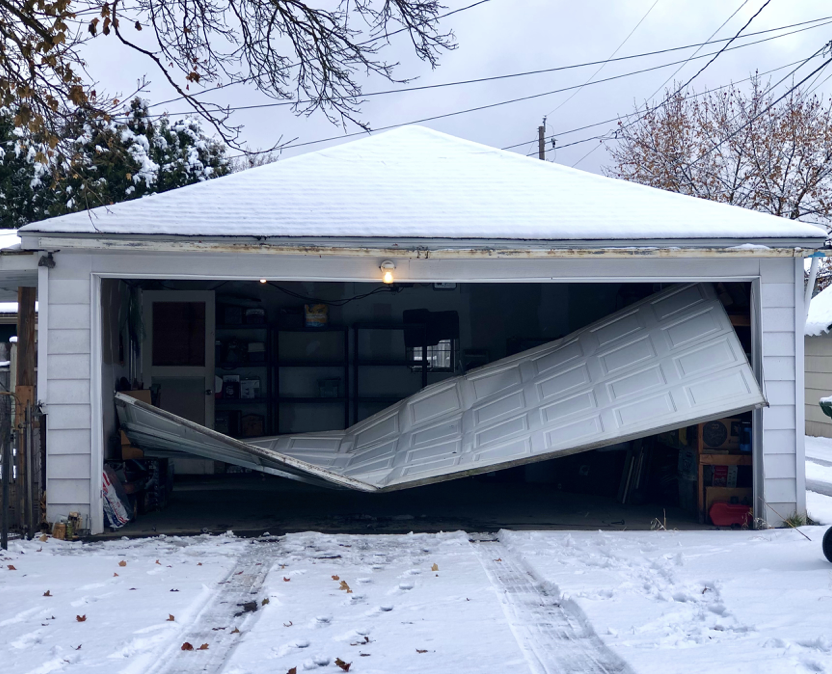
Garage doors in areas prone to hurricanes or tornados must be wind-rated. High winds can cause doors to fail, allowing wind pressure to build up inside and damage the home.
Wind resistance is measured in pounds per square foot (PSF). Homes outside storm zones may be fine with 20-30 PSF, while coastal or hurricane-prone areas need 70-120 PSF. Tornado zones require a minimum of 250 PSF. These ratings are found on manufacturer websites or labeled on the door.
Garage Types
Different garage doors operate in various ways to suit different garages and lifestyles.
Sectional Garage Doors
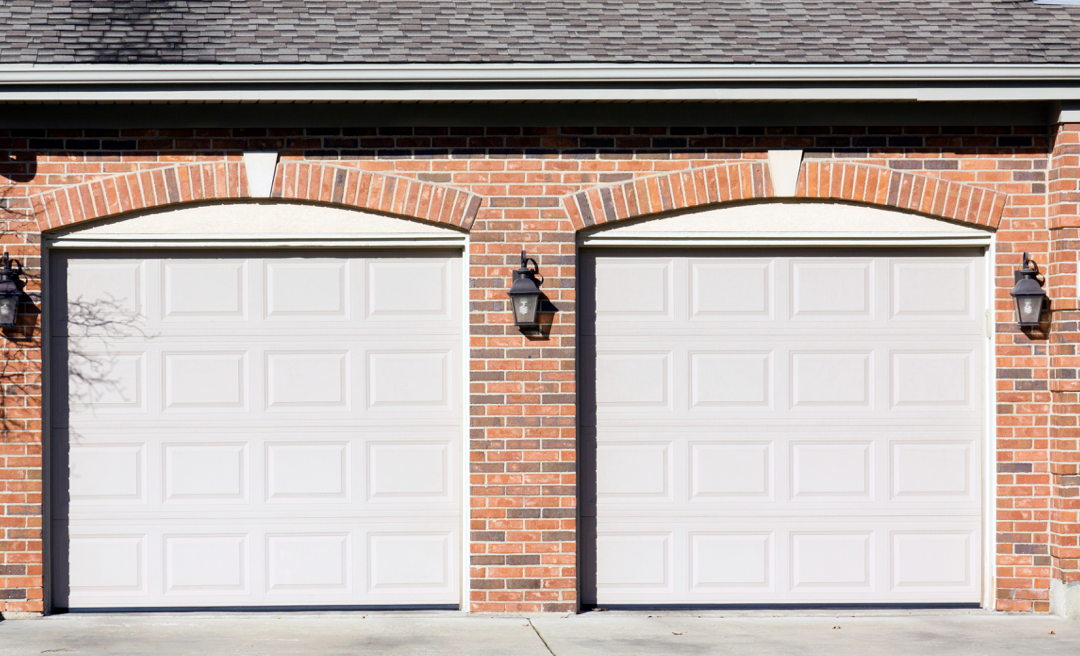
The most popular residential style. Made of hinged horizontal panels, they open vertically into the ceiling. They offer strong insulation and security, are customizable, and boost curb appeal. However, they require ceiling space.
Style Options for Sectional Doors
-
Modern Doors: Clean lines and minimalist features. Often include flush panels, optional windows, and matte or wood-look finishes.
-
Traditional Doors: Simple, natural looks suited for Victorian or older homes. Raised panels and wood composites are common.
-
Carriage House Doors: Rustic style mimicking old carriage houses. Often wood, with decorative panels and window arrangements.
Roll-Up Garage Doors

Ideal for garages with limited ceiling space. Made of interlocking horizontal slats. Strong against harsh weather, but less energy-efficient and usually more expensive.
Counterweight Garage Doors

Useful in garages with low or unusual ceiling structures. Less insulation and a more complex system than sectional doors.
Sliding Garage Doors
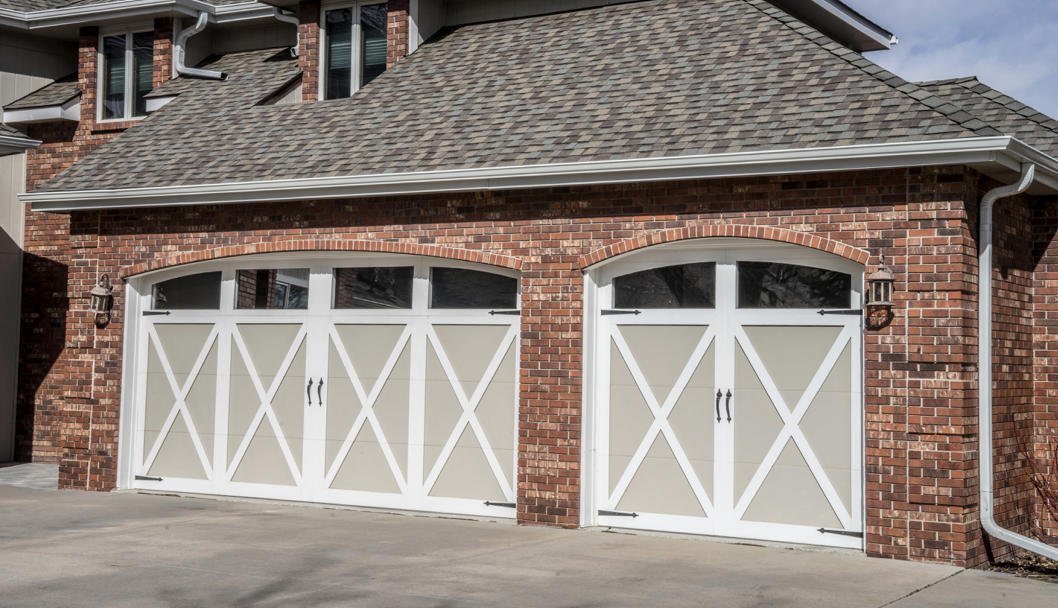
Open horizontally like barn doors. Suitable for garages with low ceilings. Can be made of metal, glass, or wood. Stylish, but not as insulating as sectional doors.
What’s Next?
Once you’ve decided on a type and style, contact a local garage door installer for recommendations and quotes. Many manufacturers offer interactive tools online to help you visualize your dream garage door.
Don’t Stop at the Door!
Our experts are knowledgeable on all things garage and will gladly answer your questions. Get in touch with our support crew.

